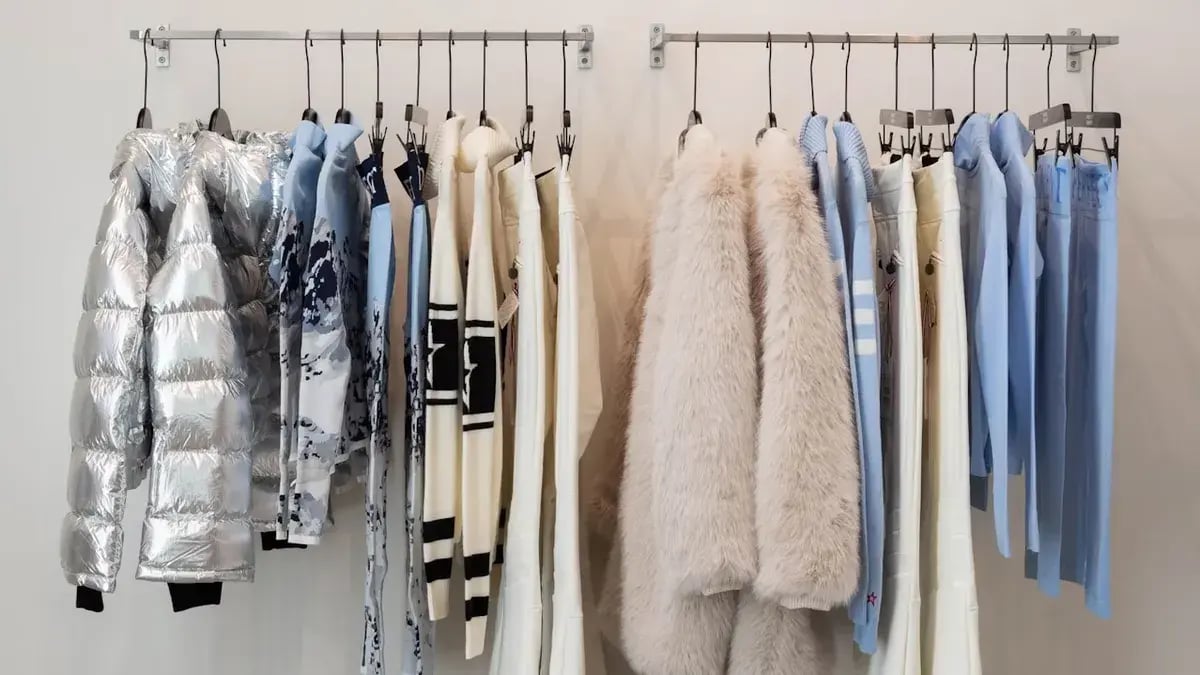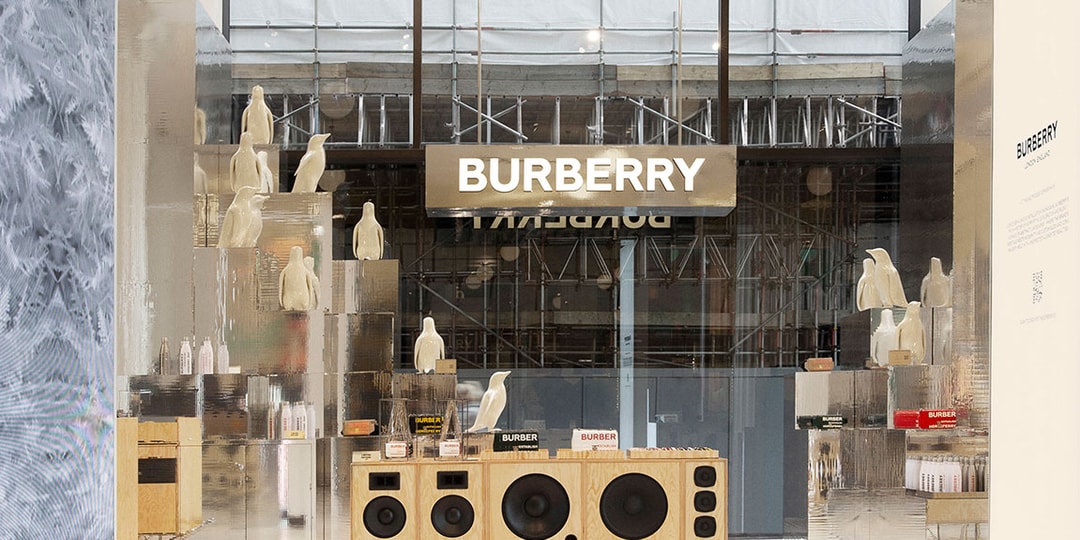Changing spaces: How to make retail spaces work for seasonal brands

Changing spaces: How to make retail spaces work for seasonal brands
Alongside stock and staffing costs, real estate (and all the expenses that come with it) is one of the most significant investments in running a physical retail business. Securing the right location is critical, as is understanding local demographics and consumer behaviour.
But even once those boxes are ticked, challenges remain. What happens if your product has a limited shelf life, only sells seasonally, or your business plan only allows for a few months’ rent?
pop-up stores
The most notable example of efficient space management is in the explosion of ‘pop-ups’.
Their temporary nature allows brands to respond quickly to emerging trends or seasonal demands. They are a great tool for being in the right place at the right time and their limited run just adds to their appeal. Skiwear brand ‘Perfect Moment’ capitalised on this perfectly with their store in the Austrian Alps last winter. Opening for just a few months and located at the Kitzbühel ski resort in Tirol, Austria, the brand hosted several special in-store events in an effort to connect with the local Austrian Alps community – their target demographic. Perfect Moment co-founder and creative director, Jane Gottschalk explained “It furthers our exploration of establishing physical retail locations at select luxury destinations—particularly locations that embody our love for skiing and the alpine lifestyle."

![]()
SHOP-IN-SHOP PARTNERSHIPS
Whilst independent pop-ups have evolved into a retail sector in their own right, the “shop-in-shop” variation has proven to be just as successful. A standout example is the Selfridges Corner Shop. Described on the Selfridges Website as “our permanent pop-up space… a place for creativity and collaboration. The Corner Shop hosts a rotating line-up of imaginative retail concepts and innovations.” Over the years, it has showcased industry giants such as Burberry and Prada alongside emerging start-ups and re-sale businesses, creating a mix that appeals to a broad customer base.
For participating brands, the benefit is clear - the opportunity to establish a presence within one of London’s most iconic department stores without the long-term commitment of a traditional lease. This model not only reduces risk but also provides access to Selfridges’ high footfall, established reputation, and marketing power. At a time when consumers crave novelty and fresh experiences, the Corner Shop enables brands to test new ideas and build visibility in a highly curated environment.

Burberry at Selfridge's Corner Shop
temporary leases
Temporary leases can deliver impressive returns with relatively minimal investment. Calendar Club, a UK retailer, exemplifies this approach by opening pop-up shops in shopping centres and high streets each November, perfectly timed to meet seasonal demand. Making use of vacant units that landlords are eager to fill during peak trading periods, the brand installs a simple, freestanding shop fit that requires no structural alterations. Their lightweight wire racking walls and fixtures can be assembled overnight and dismantled just as quickly in January, ready to be stored for the following year—an efficient, cost-effective model of setup and removal.
Calendar Club Seasonal Pop-Up
SHARED LEASES
Another great example of space rotation is the partnership between Havaianas and Happy Socks. Facilitated across Europe through a network of local licensee companies, these two globally recognised brands operate under a shared store lease, creating a clever seasonal rotation model. During the warmer months, the Brazilian footwear icon Havaianas takes over the space, showcasing its flip-flops that have become synonymous with summer style. Once the season changes and the demand for sandals fades, the store undergoes a rapid transformation. The Swedish lifestyle label Happy Socks moves in just in time for the festive period, capitalising on the Christmas gift market where their colourful sock designs make for the perfect stocking fillers.
The shop interiors are deliberately designed as a versatile "white box" concept, ensuring that both brands can use the same physical framework with minimal effort. Fixtures and fittings such as adaptable prong walls, interchangeable shelving, and central tables remain constant, while only key brand elements are swapped. The façade signage, interior graphics, and cash desk adaptations are rebranded with each transition: Havaianas introduces a laid-back, beach-inspired atmosphere, while Happy Socks brings in its bold, graphic-driven identity that emphasizes creativity and fun.
What makes this strategy particularly effective is the speed of execution. The entire changeover, including the rebranding of the store environment and a complete stock replacement, is completed in around 48 hours. For both companies, this rotating seasonal setup delivers significant advantages. Instead of struggling to sell out-of-season merchandise, the two brands adopt a “divide and conquer” approach. By sharing the same retail location but splitting the calendar, they maximise sales during their strongest periods while keeping lease commitments shorter and more efficient.
.png?width=740&height=370&name=Untitled%20design%20(1).png)
Happy Socks / Havaianas Gunwharf Quays Storefront
For seasonal brands, staying profitable year-round is no easy task. With demand concentrated into short periods, flexibility is essential. Pop-ups deliver impact and can be great creative outlets, but they rarely provide consistency. With the clever use of leases, brands with seasonal ranges can gain the best of both worlds - stability during peak periods and freedom from year-round overheads. This can create a more sustainable model for those businesses, enabling them to thrive in unpredictable times.






